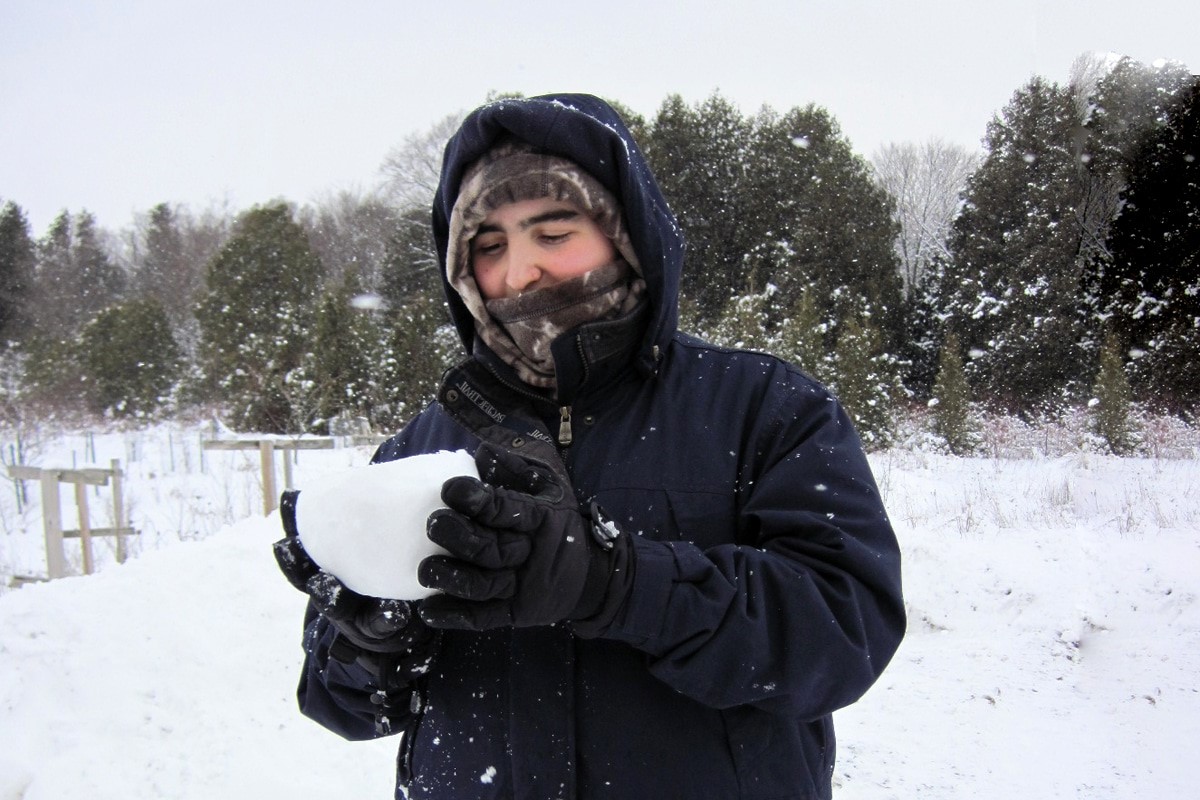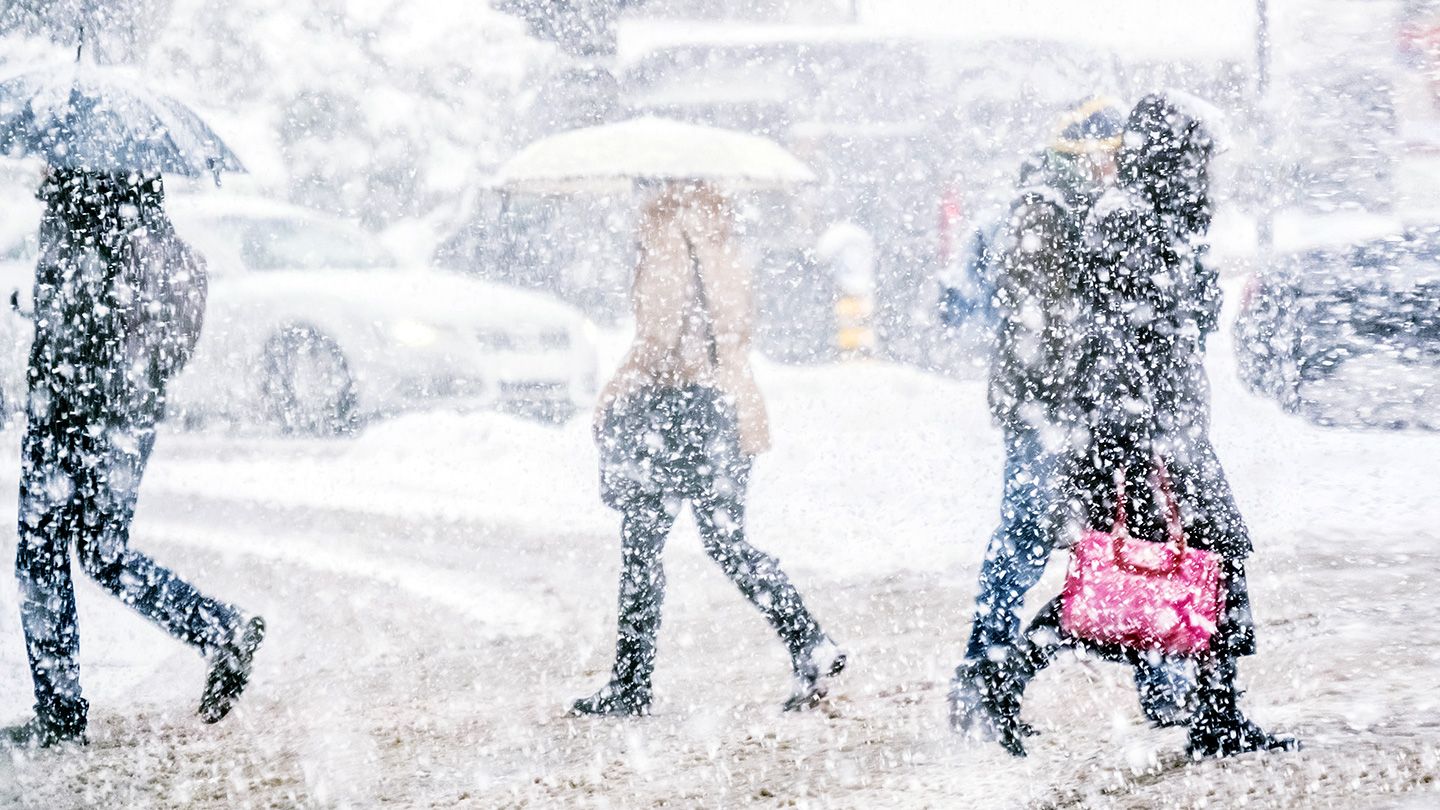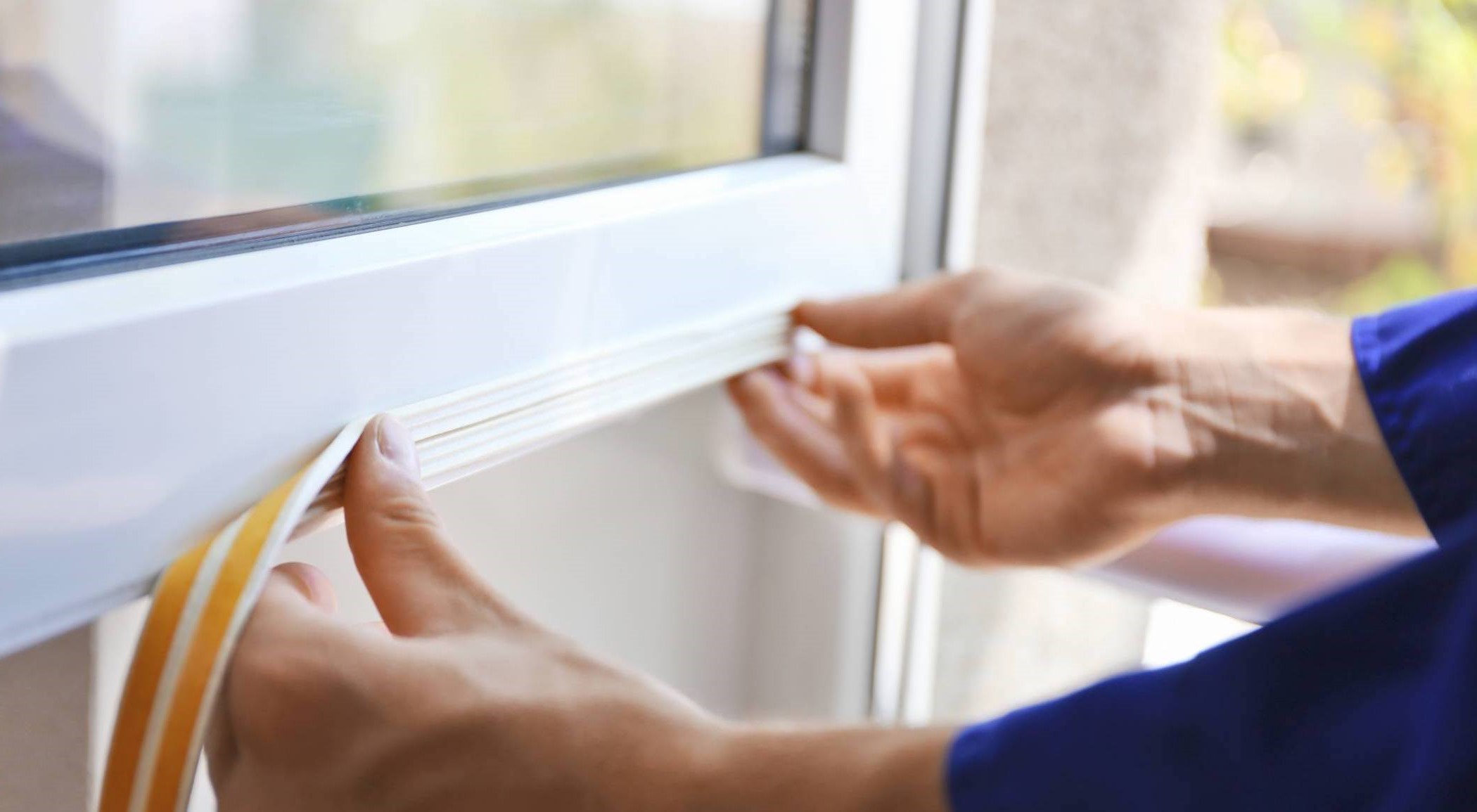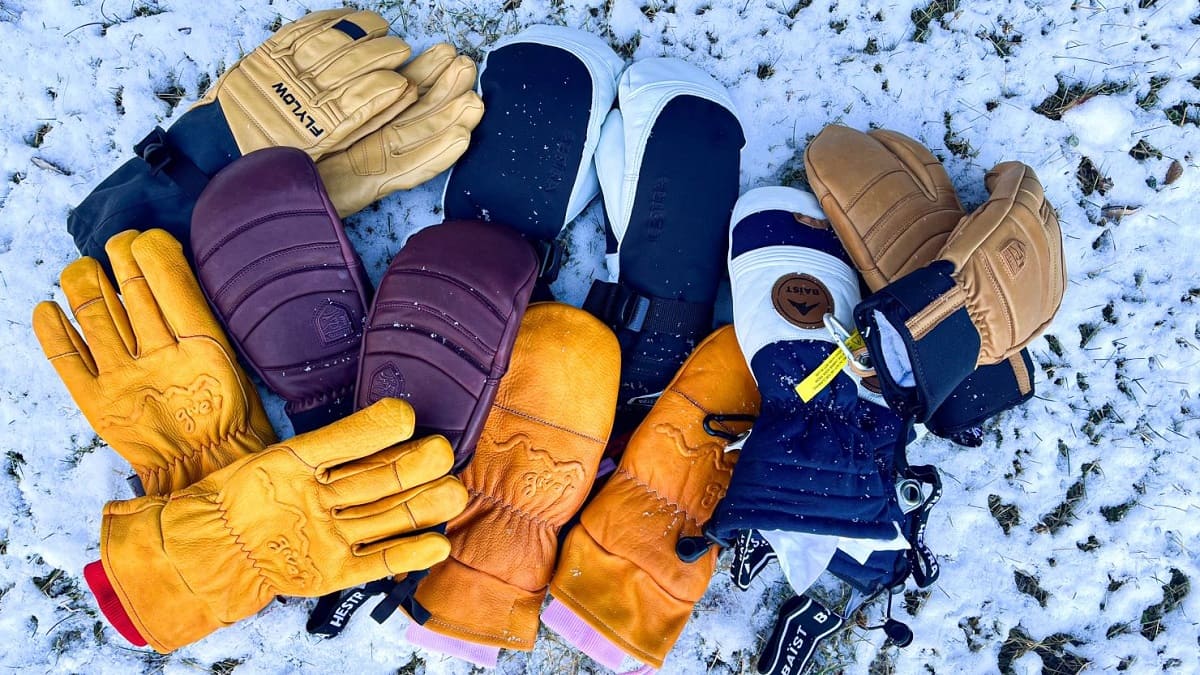Home>Weather and Climate>Soccer Ball Deflation Mystery Solved by Cold Weather
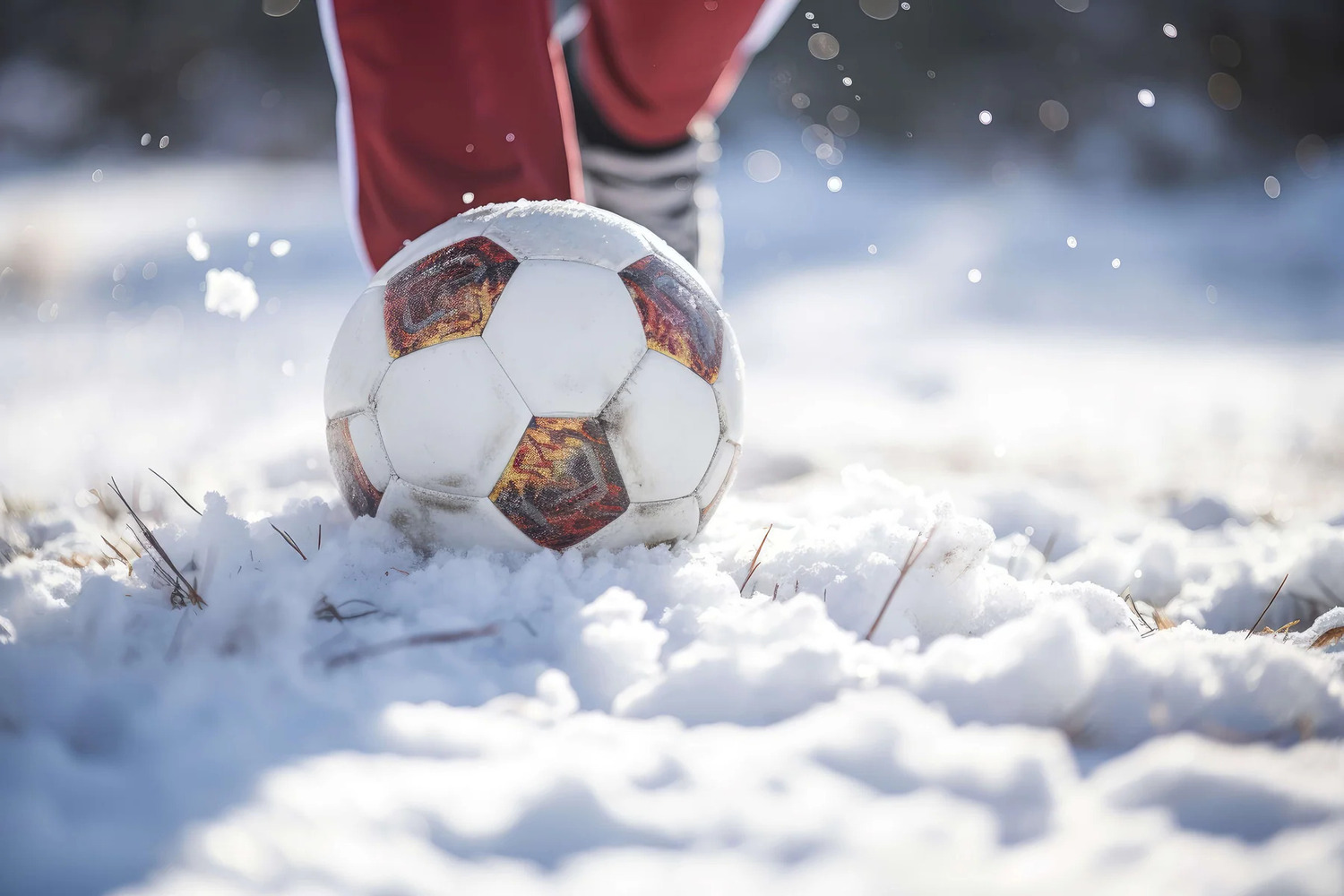

Weather and Climate
Soccer Ball Deflation Mystery Solved by Cold Weather
Published: May 6, 2024
Learn how weather and climate affect soccer ball inflation rates in cold temperatures and the impact on gameplay.
(Many of the links in this article redirect to a specific reviewed product. Your purchase of these products through affiliate links helps to generate commission for Temperatures.com, at no extra cost. Learn more)
So, you’re curious about how cold weather affects soccer balls, right? Well, let me break it down for you. When temperatures drop, something interesting happens to soccer balls. They tend to deflate a bit. Why, you ask? It’s all about physics.
Cold air causes the air molecules inside the ball to slow down and huddle closer together. This process decreases the air pressure inside the ball. Think of it as the air inside getting a bit cozy, taking up less space. As a result, the ball feels softer and less full.
I’ve noticed this myself when playing in chilly conditions. Kicking a deflated ball feels different. It doesn’t travel as far or as fast. For players, this means adjusting their game. Passes need more power behind them, and controlling the ball becomes a tad trickier.
Goalkeepers might see this as an advantage, though. A softer ball can be easier to catch and hold onto. But, for those striking long shots, it’s a bit of a challenge.
So, next time you’re playing soccer and the air is crisp, give the ball a check. You might need to pump it up to keep your game on point. Cold weather doesn’t just change how we dress but also how we play.



